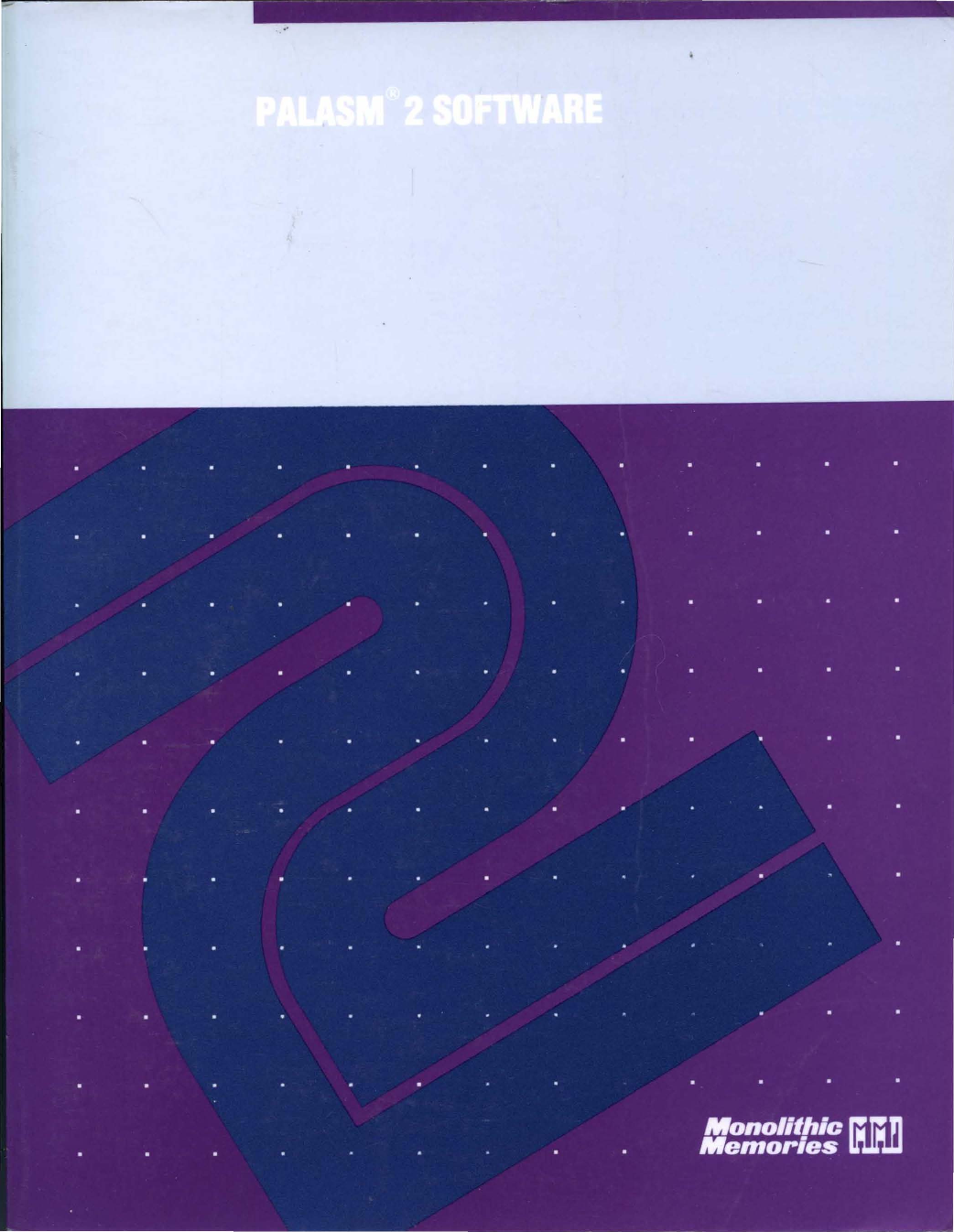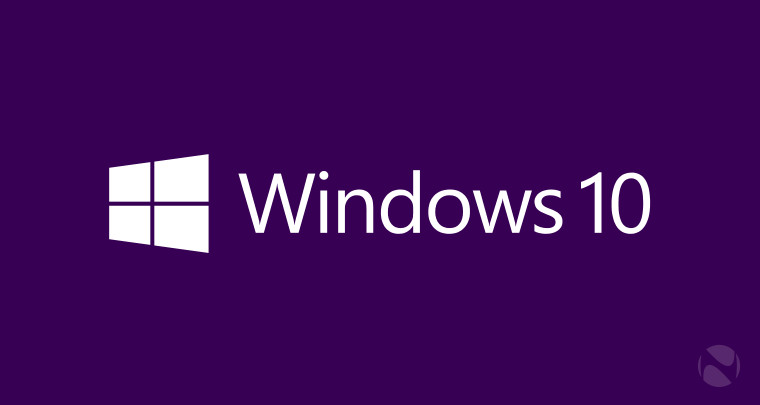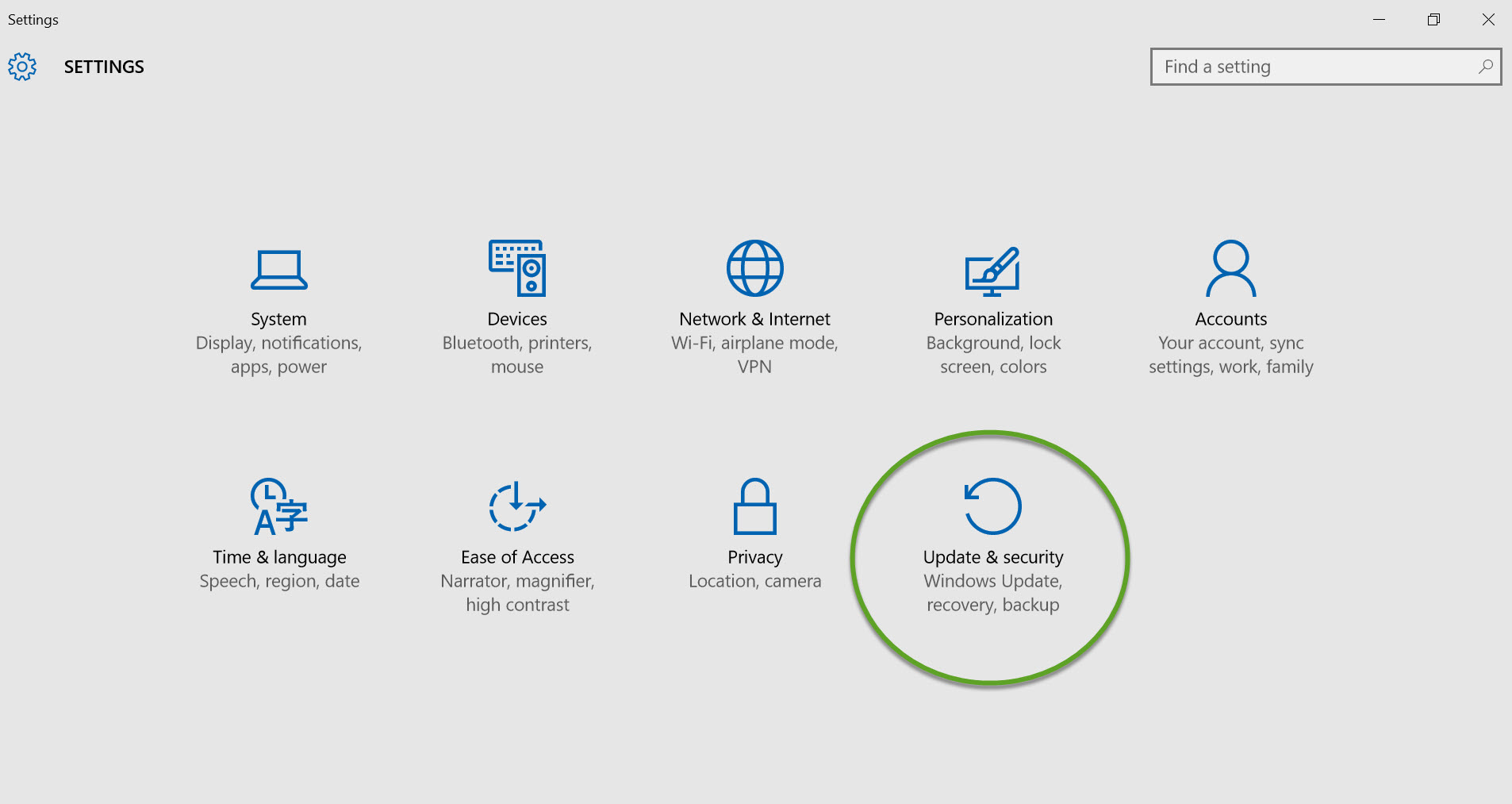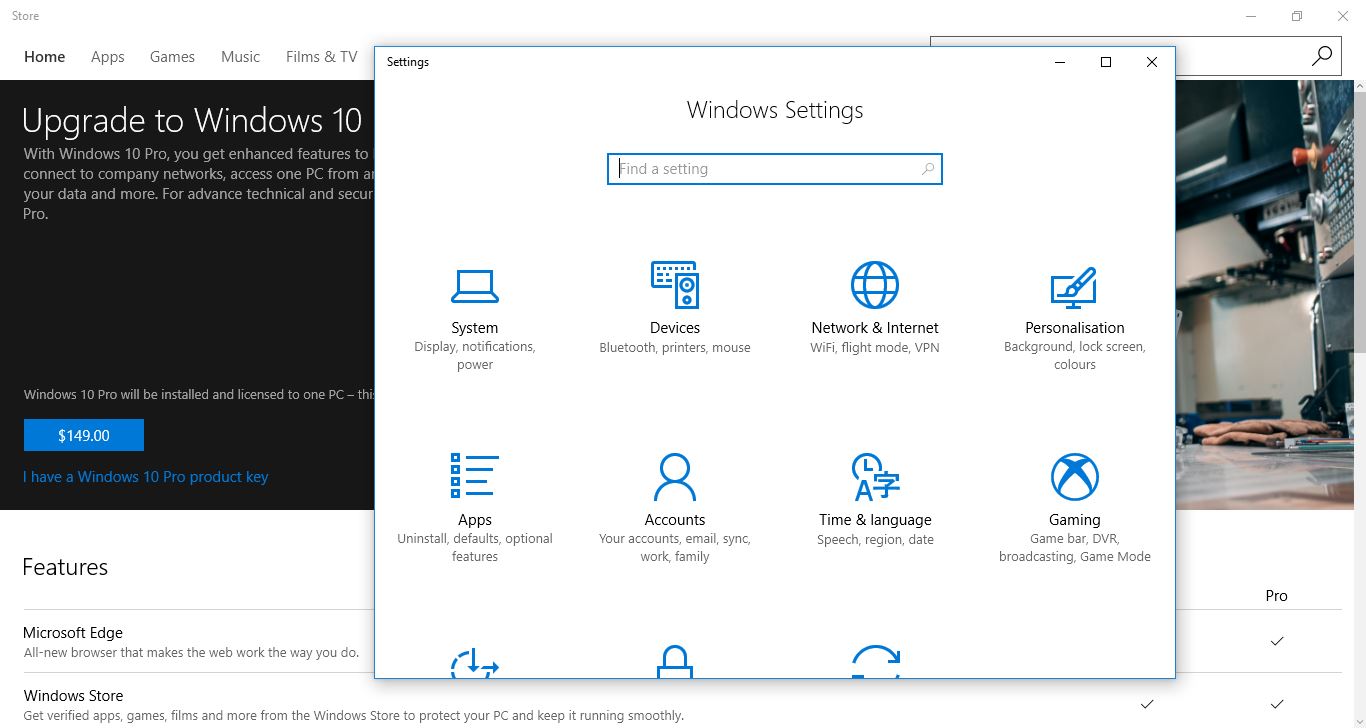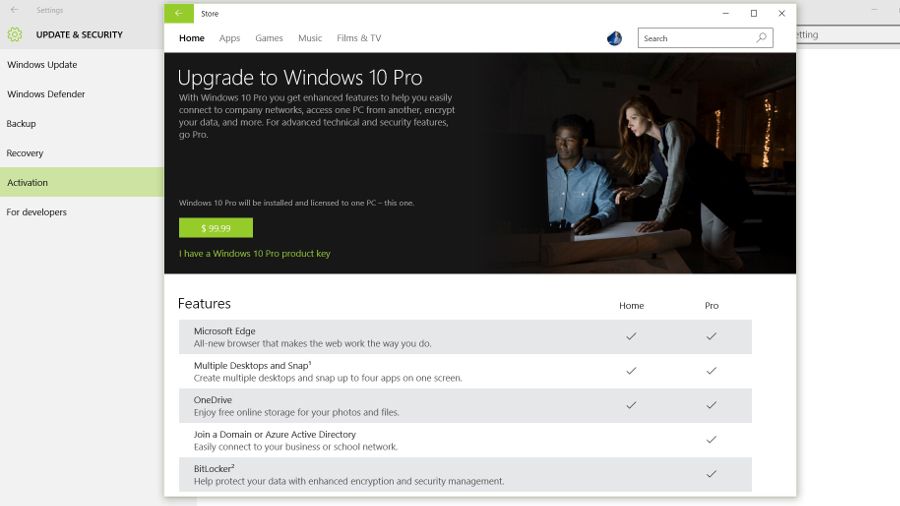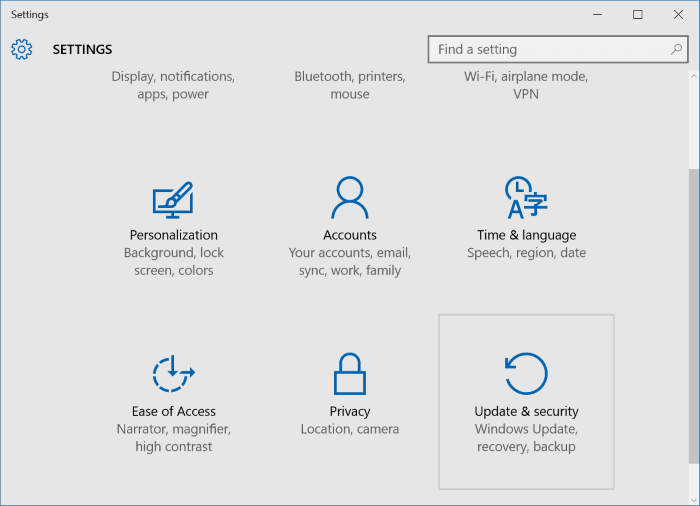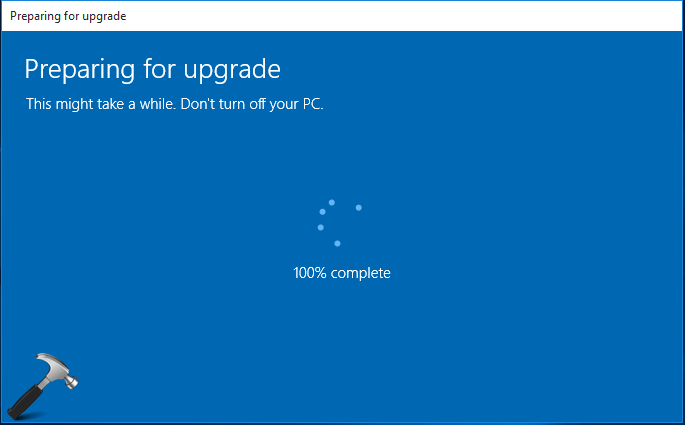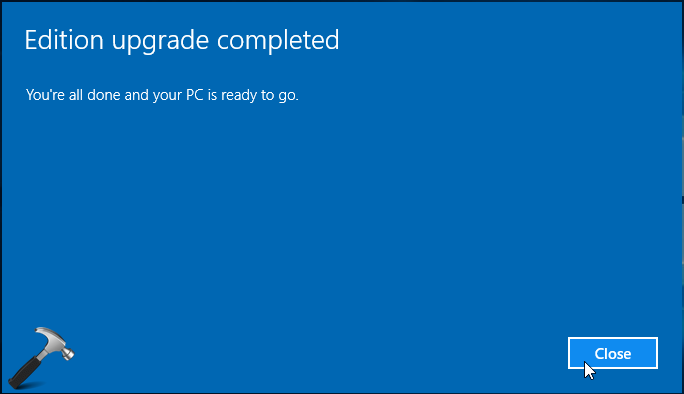Basic usage For the basic usage introduction we will be installing pendulum, a datetime library.Libraries This chapter will tell you how to make your library installable through Poetry. Versioning While Poetry does not enforce any convention regarding package versioning, it strongly recommends to follow semantic versioning. This has many advantages for the end users and allows them to set appropriate version constraints. So, when you add dependencies to your project, Poetry will assume they are available on PyPI.
This represents most cases and will likely be enough for most users. Name The name of the package.Contributing to Poetry First off, thanks for taking the time to contribute! The following is a set of guidelines for contributing to Poetry on GitHub.FAQ Why is the dependency resolution process slow? This is due to the fact that not all libraries on PyPI have properly declared their metadata and, as such, they are not available via the PyPI JSON API.. This enables targeted and on-demand management of dependency libraries in virtual environments.
And quite honestly, the above example was using the assumption you've created a virtual environment beforehand, and are executing these commands within it. If you've not created a virtual environment, you'll get a lot more unrelated or ambiguous dependencies listed if have any top-level packages installed for your python version. We use Python on multiple projects and as per our requirements, we install multiple modules. But, I found it difficult to create a requirements.txt file for specific projects manually. So I searched for a tool/technique to generate a requirement.txt file. I come across the pipreqs package, which generates a requirement.txt file based on the import statements of the project.
I like it because it is helpful in maintaining the requirements file, easy to use and saves me a lot of time. Always use the pip freeze command to generate a list of Python modules and packages installed in the virtual environment of your project. Across the board, dependency management seems like a fairly manual process.
Sometimes when you're deep into working on an application, you don't really think of the dependencies you'll need before-hand, and end up installing some on the fly. This becomes a problem when you want to write your requirements.txt file and can't actually remember the package name that you ended up using. Or on the converse, you ended up installing a number of packages, but don't actually use a majority of them. You don't want those extra packages installed and lying around because if you were to build a docker image of your application, those extra dependencies would increase the build time of that image. Not to mention that packages that share the same dependencies but have different version requirements, got handled in special ways under-the-hood by pip.
To ensure that your requirements file only contains packages that are actually used by your application, use a virtual environment that only has those packages installed. Outside of a virtual environment, the output of pip freeze will include all pip packages installed on your development machine, including those that came with your operating system. Python scanning supports binary packaged archives (.whl/tar.gz) and coordinates in the requirements.txt manifests from the Python Package Index . For the best results, we recommend first creating a Python virtual environment and resolving the dependencies using a pip install against the requirements file. This will bring only the dependencies needed by the project into the build while resolving any included dependency ranges in the requirements file.
You can enable two kinds of caching with this plugin which are currently both ENABLED by default. First, a download cache that will cache downloads that pip needs to compile the packages. And second, a what we call "static caching" which caches output of pip after compiling everything for your requirements file. Since generally requirements.txt files rarely change, you will often see large amounts of speed improvements when enabling the static cache feature.
These caches will be shared between all your projects if no custom cacheLocation is specified . Python requirements files are a great way to keep track of the Python modules. It is a simple text file that saves a list of the modules and packages required by your project.
By creating a Python requirements.txt file, you save yourself the hassle of having to track down and install all of the required modules manually. It overrides the pip scripts so that each pip install or pip uninstall updates the requirements.txt file of your project automatically with required versions of packages. The overriding is made safely, so that after uninstalling this package the pip will behave ordinary. These commands create the files Pipfile and Pipfile.lock. Place Pipfile in the top-level directory of your source bundle to get latest versions of dependency packages installed on your environment instances. Alternatively, include Pipfile.lock to get a constant set of package versions reflecting your development environment at the time of the file's creation.
In such cases, developers add a requirements.txt file to a project containing a list of all the dependencies installed in the virtual environment and the details of the version being used. This way, the borrower or the end-user only has to create a virtual environment and install the dependencies to use the application. We use dependency management tools to create a list of modules that our application requires.
In Python the standard convention for tracking dependencies is to list them in a requirements.txt file stored in the root project directory. Txt files to make it easier for other developers to install the correct versions of the required Python libraries (or "packages") to run the Python code we've written. Pip-compile (part of pip-tools) lets you write more minimal requirements.in files, and auto-generates strict version requirements.txt files based on them.
As a bonus you get to see where your nested dependencies are coming from. Together, we have now created two sample projects and a virtual environment for each project. In each virtual environment we installed one or two Python packages. We can view the packages that we have installed in our virtual environment using the commandpip freezewhile the environment is active. Use the pip install -r requirements.txt command to install all of the Python modules and packages listed in your requirements.txt file. Save the Python requirements.txt file in the project source code repository so that other developers can easily install all of the Python modules and packages when they clone or check out your project.
In this article, we will learn how to create Python requirements files along with the best practices and the benefits of using them. It's often used together with virtual environments in Python projects, but that is outside the scope of this article. A constraint file is an additional requirements file which won't be used to determine which packages to install, but will be used to lock down versions for any packages that do get installed. Typically the requirements.txt file is located in the root directory of your project. See if you can get it to run inside a virtual environment.
You may need to take a look through their code to see what packages you need to install. Once you have successfully run the application, create arequirements.txtfile so that someone else can work on the project if needed. You might be wrapping the pip-compile command in another script.
To avoid confusing consumers of your custom script you can override the update command generated at the top of requirements files by setting theCUSTOM_COMPILE_COMMAND environment variable. Today, we will provide an alternative way to get the requirement.txt file by including only the library that we have used, in other words, only the libraries that we have imported. We will provide two approaches, the first one is when we work with .py files and the second one when we work with Jupyter notebooks. Keep your Python requirements.txt files up to date and accurate.
This ensures your project always uses the latest versions of the Python modules and packages. If you don't install every requirement file in development, your constraint file will be missing those files' requirements. A code review would catch accidentally removing a constraint, but how do you detect a package that is entirely missing from the constraint file? Still, constraint files (or any of the third-party tools, really) are nice ways of improving and simplifying dependency managment with pip. Use a virtual environment, pip, and setuptools to package applications with their dependencies for smooth installation on other computers. Pip-tools is a package that allows us to separate direct dependencies from their sub-dependencies.
Pip-tools generates a dependency graph and uses this information to create a bespokerequirements.txt file for our project. Now, if you only have one Python project on your computer, this may be fine as-is. But, what if you start cloning or creating several projects all with their own requirements.txt files? You can quickly end up with package versions that are not compatible with each other.
An optional path to a virtualenv directory to install into. It cannot be specified together with the 'executable' parameter (added in 2.1). If the virtualenv does not exist, it will be created before installing packages. The optional virtualenv_site_packages, virtualenv_command, and virtualenv_python options affect the creation of the virtualenv.
Your task is to create a virtual environment, install the required packages listed in therequirements.txtfile and run the application. In your development environment, you can use the pip freeze command to generate your requirements file. When you work on projects, using environments of many installed libraries that are not used in that particular project, it is better to share the requirements.txt of the used libraries only. A good application of pipreqs is when you work with Jupyter Notebooks on AWS SageMaker or with Colab and you just want to know what version of libraries you have used. So, once the virtual environment is created for our project, let us see how to install the packages and libraries. It is very easy to get all the required packages we need to use in our project with the virtual environment.
In Python requirement.txt file is a type of file that usually stores information about all the libraries, modules, and packages in itself that are used while developing a particular project. It also stores all files and packages on which that project is dependent or requires to run. Typically this file "requirement.txt" is stored in the root directory of your projects. Here another essential question arises why we need this type of file in our projects. Now, this should automatically create a standard requirements file with all of the packages installed alongside their corresponding versions. Now you can execute the command at the top and now you have a requirements file which contains only the modules you installed in the virtual environment.
However, if you want to generate a minimal requirements.txt that only lists the dependencies you need, then use the pipreqs package. Especially helpful if you have numerous requirements.txt files in per component level in the project and not a single file on the solution wide level. Pip freeze outputs the package and its version installed in the current environment in the form of a configuration file that can be used with pip install -r. You can set up your project to exist within its own environment and packages only installed within that environment.
Each project will have its own environment and its own packages installed within it. Now, from my understanding when someone tries to replicate the environment with pip install -r requirements.txt, this will automatically install the dependencies of installed packages. In you Continuous Integration system have a task that would install your dependencies without the constraints.txt file.
Just withpip install -r requirements.txt and then run your tests. If this fails check what is the source of the problem and report it or fix it. We can simply remove the package from the requirements.txt file. The fact that it and its dependencies are listed in the constraints.txt file does not matter. The only problem is that now we might have some lines in the constraints.txt file that are not relevant any more and that might impact a later installation.
If you do the regular maintenance as described below then this will be cleaned up the next time you do it. The command above will list all of the installed packages, and output them to the requirements.txt file. This is one of the benefits of using virtual environments. When you are using a virtual environment, you only see the packages that you have installed in that environment. This helps prevent version conflicts between different projects. It also makes it easier to keep track of your packages.
Pip-tools contains a set of tools for managing project dependencies :pip-compile with pip-sync, you can use commands "pip install pip-tools" unified installation. Its biggest advantage is the precise control of the project's dependencies 。 Now that you know how to work with requirements files we will move on to deleting virtual environments. This is an alternative, more explicit, way of writing arequirements.txtfile. Just like pip is the standard package manager for Python, setup.py is the heart and center of Python projects installed with pip.
Simply put, setup.py is a build script template distributed with Python's setuptools package. Pipreqs uses imports of projects to generate a requirements.txt file. So, it is very important to note that, pipreqs will not include the plugins required for specific projects. You need to add plugins information manually in a requirement.txt.
If you have different environments that you need to install different but compatible packages for, then you can create layered requirements files and use one layer to constrain the other. Pip-compile generates a requirements.txt file using the latest versions that fulfil the dependencies of setup.py or requirements.in. When developing Python applications, we have to use a bunch of modules for a variety of features. The number of modules being used by an application can be a lot. Most of the time, I use pipreqs to generate a requirements.txt file so anyone can reproduce the working environment on their side based on that requirements file.
We can run pip install -r requirements.txt to have pip automatically install all dependencies listed in the requirements.txt file. You will see an output similar to what we saw in the previous section. This is a complete list of every package installed on your computer, along with the version numbers. You can copy and paste this output into a requirements.txt file, and you now have all of these packages documented. If your Python application contains a setup.py file but excludes a requirements.txt file, python setup.py develop will be used to install your package and resolve your dependencies. To pin all dependencies, your project's requirements should be compiled to a complete list of explicitly specified package versions.
This list should then be committed in the project repository, and not be changed until you need to update dependencies. I actually don't know; this dependencies list came from code that my team inherited, so I truly have no idea which packages from this list are top-level dependencies or not. What I can surmise from this is that whoever created the file likely did a pip freeze in order to do so. It may require admin rights, because your pip scripts might require root access rights.
After that command your pip scripts are ready and you can install your dependencies in straightforward way and keep your requirements.txt file updated. This command creates a requirements.txt file that lists all packages that are installed on your machine, regardless of where they were installed from. Txt file is a type of file that usually stores information about all the libraries, modules, and packages in itself that are used while developing a particular project. Setup.py on the other hand is more like an installation script. If you don't plan on installing the python code, typically you would only need requirements. You just need to provide the root location of your project and the pipreqs automatically generate a requirements.txt file in root folder.















